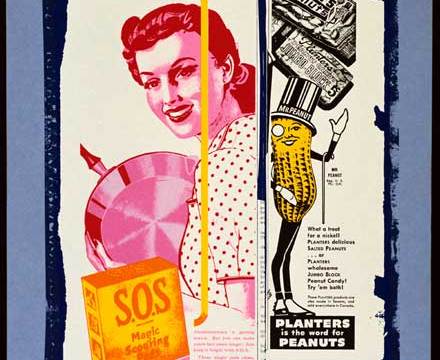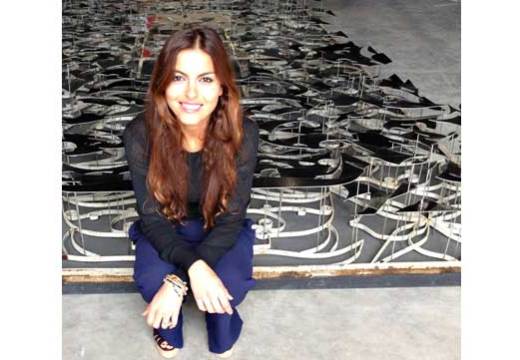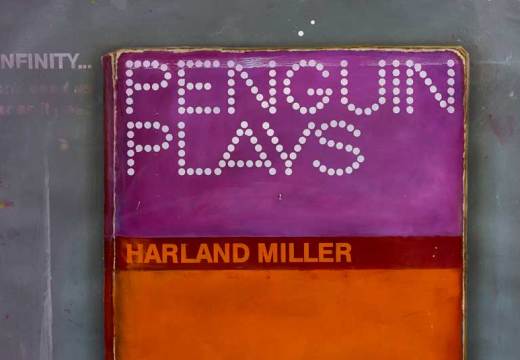The object reproduced on our May cover isn’t easy to place. A copper tondo little more than 30cm in diameter, pitted and visibly oxidised, with a burly male figure wedged into its circumference. Or two figures: this man is somehow mounted on a horse or donkey, its spindly limbs struggling under an enormous bulk. In fact, its front legs look to have buckled.
It’s an odd composition, I think. The circular form of the tondo, with its noble Renaissance bearing, seems to constrain the male figure even while it celebrates him. His heroic pose and musculature is somehow disrupted by the shape of its frame, the grand torso offset by a right leg so foreshortened as to appear deformed; the left thigh and calf outlandishly bloated.
The figure looks a bit like a character from the circus, full of an unnerving power that stems from his exaggerated human form. It calls to mind Anthony Quinn as Zampano, the lonely strongman of Fellini’s La Strada, or Lucian Freud’s lofty portraits of the larger-than-life performance artist Leigh Bowery.
But there’s something else uncanny about this figure, which makes it familiar and unfamiliar at the same time. And that is how an identifiable pose has been recast in an unexpected context, since this man or superman is at least partially a version of Michelangelo’s Adam from the Creation scene on the Sistine ceiling. Plucked from his original grandeur and propped on a donkey, he is more beefed-up Don Quixote here than tragic father of man.
It’s surprising to find out that the copper relief is by a young Jackson Pollock, cast in the late 1930s while the artist was still exploring the possibilities and limitations of figurative art. As Carmen C. Bambach explores in our cover feature, Pollock sifted his own technical abilities and artistic ambition through the model of Michelangelo, drawing and sculpting from black-and-white reproductions he found in books.
With hindsight, we might be tempted to see this figure as a self-portrait of the young artist: touched by the idea of greatness, while straining for a manner of his own.
Click here to buy the May issue
Unlimited access from just $16 every 3 months
Subscribe to get unlimited and exclusive access to the top art stories, interviews and exhibition reviews.














![Masterpiece [Re]discovery 2022. Photo: Ben Fisher Photography, courtesy of Masterpiece London](http://www.apollo-magazine.com/wp-content/uploads/2022/07/MPL2022_4263.jpg)
It’s time for the government of London to return to its rightful home